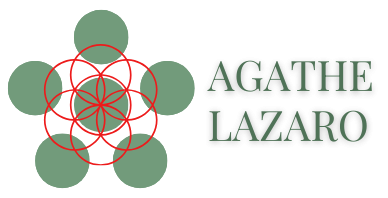Glanum
Water stream sacredness of the land
The Celtic origins of Glanum date back to the 6th–3rd centuries BCE, when the Salyes, a Celtic-Ligurian tribe indigenous to the region of Provence, initially settled the site. These early inhabitants established Glanum as a spiritual and cultural centre, mainly focusing on its natural springs and water sources, which held profound sacred and healing significance in Celtic traditions.
The Celtic Influence on the Mas Locality
1. Sacred Water and Healing
The spring at the heart of Glanum was revered as a place of healing and purification. Celtic spirituality often emphasised the sacredness of water as a connection to the divine feminine, fertility, and regeneration. This focus on water led to early sanctuaries around the spring, likely dedicated to local deities associated with healing and life.
The Glanicae, believed to be water nymphs or priestesses, may stem from this early Celtic connection to the site’s sacred water. These divine or semi-divine figures are reminiscent of the Matres or Matronae, Celtic mother goddesses often linked to natural elements like rivers and springs.
2. Glanis, the Healing God
The site’s name, Glanum, is derived from Glanis, a Celtic god of healing associated with the sacred spring. Glanis was likely worshipped for his powers to restore health and vitality, mainly through rituals performed at the spring’s site.
In Celtic cosmology, gods like Glanis often held a dual nature, reflecting both the protective and wild aspects of the natural world. This aligns with the deep spiritual significance attributed to the spring and the healing rituals that may have been performed there.
3. Tripartite Deities: The Three Glanicae
The Glanicae are more intriguing and mysterious. It is believed to be water nymphs or priestesses, which may stem from this early Celtic connection to the site’s sacred water. These divine or semi-divine figures are reminiscent of the Matres or Matronae, Celtic mother goddesses often linked to natural elements like rivers and springs.
They are generally understood to refer to a set of three goddesses, though the exact nature of their worship and their names are debated among scholars. The word “Glanicae” itself suggests they were somehow related to the name “Glanum,” and likely represented goddesses of fertility, nature, and healing—as these were common themes in the religious practices of the time.
The most well-known reference to the Glanicae comes from an inscription at Glanum, which mentions these three goddesses in the context of votive offerings. The inscriptions imply that people sought the favour of the Glanicae for various blessings, including prosperity, fertility, and healing, all common concerns in ancient religious practice.
- Fertility and Life: Given the agricultural nature of the region and the connection to sacred springs, the Glanicae would likely have been goddesses who symbolised the cycles of birth, growth, and renewal.
- Healing and Water: As the site of Glanum was known for its healing spring waters, the Glanicae may have been water goddesses or deities invoked for physical and spiritual healing.
- Protection and Prosperity: It is possible that the Glanicae also represented goddesses who offered protection, especially for the people of Glanum and the surrounding region.
4. The Role of the Glanicae in Local Religion
The three Glanicae goddesses were part of a larger religious landscape that blended elements of local Celtic, Greek, and Roman religious practices. Worshipping goddesses like the Glanicae reflect a broader tradition of feminine deities representing key aspects of nature, the earth, and human life.
In Roman religious practices, it was common to have triads of deities, and the Glanicae fit this pattern. This triadic structure suggests that they were seen as interrelated aspects of a single divine force, similar to other goddess triads in the ancient world, such as the Fates, Moirai, or the Parcae in Greek and Roman mythology.
5. Artistic and Archaeological Evidence
While specific depictions of the Glanicae are limited, the archaeological site of Glanum itself contains crucial evidence of religious activity. The temple’s ruins and other structures around Glanum suggest that worshipping various deities, including the Glanicae, was central to the city’s life. Votive inscriptions, small statues, and other artefacts glimpse the devotional practices conducted in the name of these goddesses.
At Glanum, there are also representations of Roman deities, which suggests that Roman influence was strong. However, the persistence of local beliefs in fertility and healing deities like the Glanicae shows the blending of indigenous spiritual traditions with Roman religious practices.
6. Symbolism and Mystery
The mystery surrounding the Glanicae highlights the unique intersection of local culture and Roman religion in this part of the world. The three goddesses symbolise the divine feminine in its various forms, offering healing, protection, and blessings in line with the community’s needs. The sacred springs and water rituals would have played a crucial role in their worship, reflecting the healing and nourishing aspects of the divine feminine.
The enigmatic nature of the Glanicae, with very little surviving concrete information, invites curiosity about their deeper spiritual meaning. For those drawn to mysticism and the Divine Feminine, the Glanicae offer a compelling symbol of ancient wisdom and sacredness, even as we seek to understand their full significance.
7. Glanum and the Divine Feminine
The worship of the Glanicae and the broader spiritual atmosphere of Glanum offer a rich backdrop for those interested in connecting with the Divine Feminine. The temple, spring waters, and surrounding landscapes invite reflection on the nurturing, healing, and protective aspects of the feminine in ancient cultures.
In a modern context, visiting the site of Glanum can feel like a spiritual pilgrimage, where one may connect with the profound, feminine energy of the goddesses, seeking healing and divine wisdom from the land itself.
Start designing
your retreat


